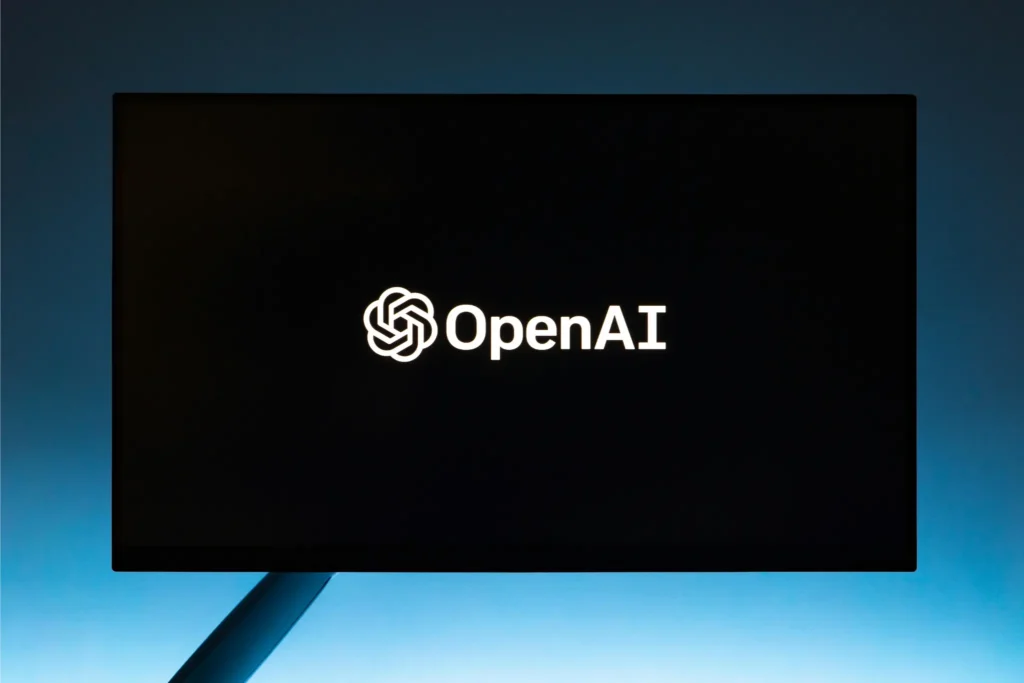“What Is Prompt Engineering? A Beginner’s Guide for Businesses”
This post is written in a formal tone, is more than 1000 words long, and contains creative section titles, good transitions, and thoughtful keyword placement.Let’s say you’re focusing on these common SEO keywords: prompt engineering, prompt engineering services, AI prompts, language models, large language models, prompt optimization, GPT-based tools, AI content generation, business automation, AI strategy What Is Prompt Engineering? A Beginner’s Guide for Businesses Artificial Intelligence (AI) is revolutionizing industries, and at the heart of this transformation lies an emerging discipline known as prompt engineering. As businesses increasingly adopt language models like ChatGPT, Claude, and Gemini, the ability to communicate effectively with these models has become a crucial skill—and a competitive advant In this guide, we’ll explore what prompt engineering is, how it works, and why your business should care. Whether you’re a tech-savvy entrepreneur or a traditional business leader exploring AI for the first time, this beginner-friendly post will help you understand how prompt engineering can drive real business value. . Understanding the Basics: What Is Prompt Engineering? Prompt engineering is the process of designing and refining inputs—or AI prompts—to get accurate, consistent, and useful outputs from large language models (LLMs). These models, such as GPT-4, are trained on vast datasets and respond based on how a question or instruction (prompt) is framed. In simpler terms, prompt engineering is about asking AI the right way. For example, asking “Write a blog post about marketing” might yield a generic result. But a prompt like “Write a 1000-word blog post in a formal tone explaining how AI improves digital marketing for small businesses” leads to a more focused, relevant outcome. . Why Prompt Engineering Matters for Modern Businesses With the expanding use of AI across different fields, talking and working with models should be considered an enabling competency or skill. Following a logical structure while prompt engineering is important, because you can receive irrelevant, biased or confusing responses. A poor prompt can waste your time, time that could have been spent improving content or avoiding legal risk exposure in sensitive modalities (healthcare and Finance). Clients can leverage prompt engineering services to optimize efficiencies in the gathering of content, automate tedious things, and improve the customer experience or engagement. Prompt engineering is central to creating value from AI systems, whether you are writing email messages, summarizing and analyzing data, or creating an entire marketing campaign for a new product launch. . The Role of Prompt Engineering in AI-Powered Content Generation AI’s most coveted use case now, is content creation. Startups and enterprises are utilizing GPT-based tools for blog posts, product descriptions, ad copy – you name it. But the quality of that copy depends entirely on how the prompt is configured. By strategically optimizing prompts we can ensure the AI understands tone, audience, format, and intention. Consider that technical documentation would require a completely different prompting style than social media captions. Prompt engineering is the art of optimizing this behaviour to ensure content produced is aligned with your brand and goals. . Prompt Engineering vs Traditional Programming Whereas traditional software development relies on code to establish logic, prompt engineering depends upon written natural language. This is one reason prompt engineering tasks are more open to even non-developers, but it is still highly strategic and precise. The trick is how to format your prompt so the model completes the task correctly. In short, prompt engineers are are all linguist, strategist, and creative — helping AI produce intelligent and relevant return content, with not a line of code! . Prompt Engineering in Business Automation Along with content, prompt engineering also plays a significant role in automating responsibilities in business. AI tools are becoming capable of automating numerous tasks, such as summarizing documents, writing notes from meetings, drafting reports, and even processing raw customer data into valuable customer insights. If prompts are engineered correctly, AI can automate mundane tasks across the business, such as HR, marketing, sales and customer support. This means more efficiency and time to focus on strategy and innovation. Businesses that use AI without prompt engineering are likely leveraging powerful automation capabilities while being unable to maximize their potential, and probably not the way those tools are meant to be used. . Prompt Engineering for Customer Experience and Support The landscape of customer service continues to change as companies deploy increasingly advanced chatbots and virtual assistants driven by LLMs. But even the best LLMs can give robotic, ambiguous, and downright incorrect results when poorly prompted. Prompt engineering makes sure to have these tools sound human, remain on-brand, and respond correctly based on user intent. With more sophisticated prompt structures deployed, companies can provide personalized, consistent, and contextually aware support and at scale. This improves customer satisfaction while helping to reduce the burden on live agents within a growing organization. . Best Practices for Writing Effective AI Prompts To get the most value from AI, organizations should adopt these prompt engineering best practices: . Be clear and specific: Include specific tasks, formats, tones, and word counts. .Provide context: Include previous information or data as examples to organize the model. .Use roles: Inform the model to use certain context by using “you are a …” to set the model’s actions. .Iterate to improve: Use variations of prompted responses as tests and improve on success or failure to fine-tune. These practices are easy to understand, but like many things, it takes time and practice to learn and/or perfect. Consequently, many companies today are turning to meet expert help with prompt engineering services. . How Prompt Engineering Services Help Businesses Scale As AI use cases grow, companies need scalable, repeatable, and reliable AI workflows. Prompt engineering services offer businesses the support of experienced professionals who know how to design prompts for specific industries, tasks, and use cases. These services may include prompt libraries, prompt auditing, and workflow integration. With the right partner, businesses can deploy custom AI models that reduce manual work, boost productivity, and improve accuracy across departments. . Common Business Use Cases



